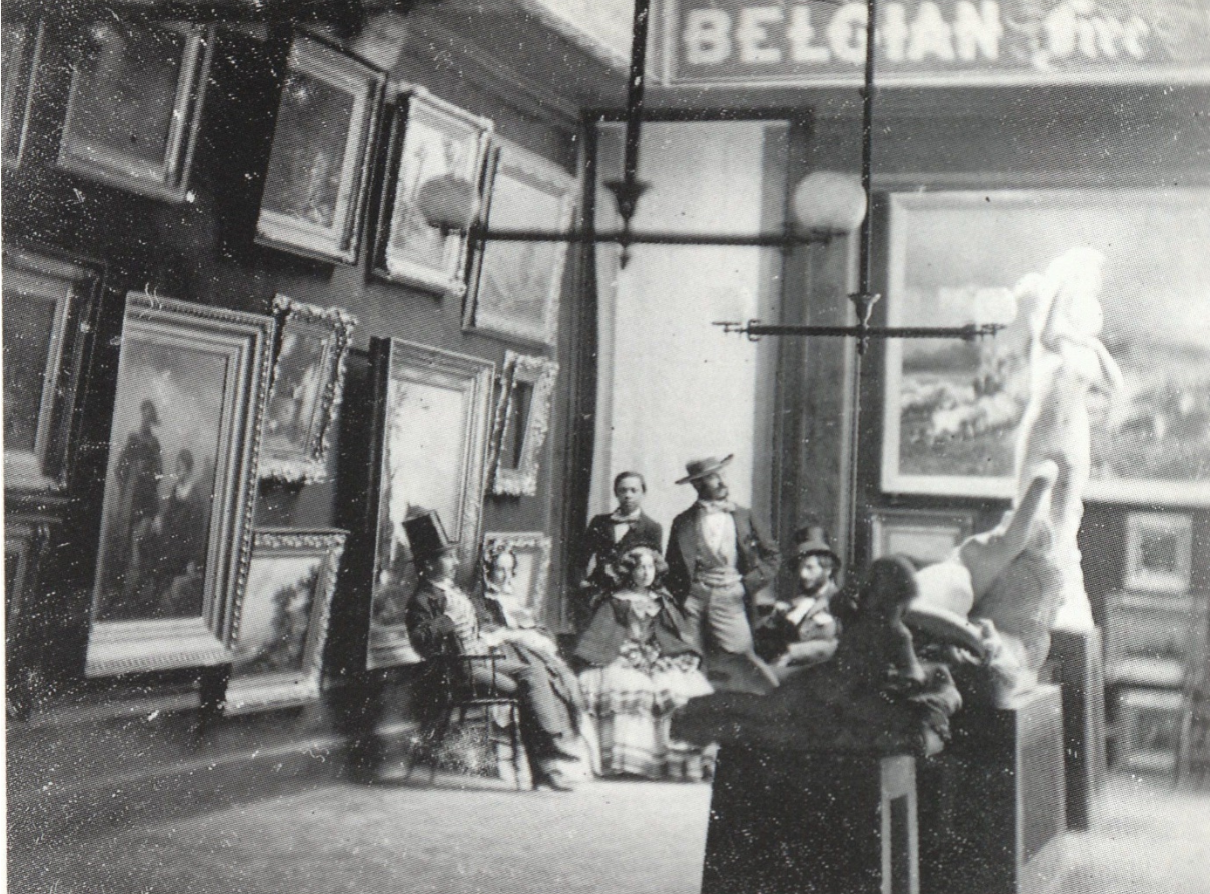Dutch Bargains and Belgian Sales: Making a Market for Art from the Low Countries in the Americas, c. 1840-1920
The Hague, RKD ̶ Netherlands Institute for Art History, 21 June 2024
In a letter written in March 1853, the Belgian art dealer Ferdinand De Braekeleer jr. asked support from the Belgian government for his recently established art gallery in New York, which specialised in the import of contemporary Belgian and Dutch art in the US: ‘The taste for arts,’ he wrote ‘which was far removed from what it is now only a couple of years ago, is increasingly showing itself; the American travels more and more often to Europe and begins to form a taste for collecting.’ De Braekeleer’s words were almost literally echoed in a notice devoted to his gallery published two years later in the Cincinatti Gazette: ‘We have but to look back a few years, to recall the period, when a valuable painting from the hands of a European artist was esteemed in New York, a great rarity. […] But now, with that rapidity of progress characteristic of Americans, New York has become an important mart for works of the most elevated order, and of the highest artistic genius in Europe.’
The late 1840s and early 1850s were, indeed, a most promising time for art dealers and other agents from Europe: they heralded in an age of mass-importation of European art that brought tens of thousands of work art from the so-called old world to the new one and had a lasting impact on collections in America, both public and private. Research on the Transatlantic art trade, however, has been limited in scope: most scholars have concentrated their efforts on a small number of star collections, generally focussing on the trade in famous Old Master and contemporary French art (both academic and avant-garde). The import of contemporary art from the Low Countries – Belgium and the Netherlands – has received very little attention.
Yet it is clear from articles and notices in newspapers and periodicals on both sides of the Atlantic that dealers and artists from the Low Countries quickly came to see America as the Eldorado of the rapidly internationalising art world and oriented their endeavours accordingly. Dutch and Belgian dealers and art promotors built new markets for their art and shipped hundreds, sometimes even thousands, of works to the US, Canada and Latin America; they recommended the Dutch and Belgian schools to collectors and museum officials, organized exhibitions and other temporary displays, or guided American collectors on their voyages through the Low Countries. Dutch and Belgian artists, in the meantime, also avidly eyed the American market: they networked with collectors, adapted their work to local taste, and sometimes even engaged in the mass-production of repetitive works all destined for export across the ocean.
For this study day we would like to bring together scholars engaged in research on the art trade between the Low Countries and the Americas between ca. 1840 and 1920, the various actors involved (including artists, dealers, patrons, museum professionals, …), and the diverse sets of strategies and practices they employed in the Transatlantic promotion of contemporary Dutch and Belgian art. Please send proposals (max. 200 words) for an (informal) 20-minute paper (in Dutch, English or French; preferably delivered in person; if not digitally) to jandirk.baetens@ru.nl, devisser@rkd.nl and/or ulrike.muller@uantwerpen.be by 7 April 2024 at the latest. The convenors hope to publish (a selection of) the research presented in a special issue of a scholarly journal devoted to this topic.
Jan Dirk Baetens (Radboud University), Evelien de Visser (RKD – Netherlands Institute for Art History) and Ulrike Müller (University of Antwerp – Royal Museums of Fine Arts of Belgium)

